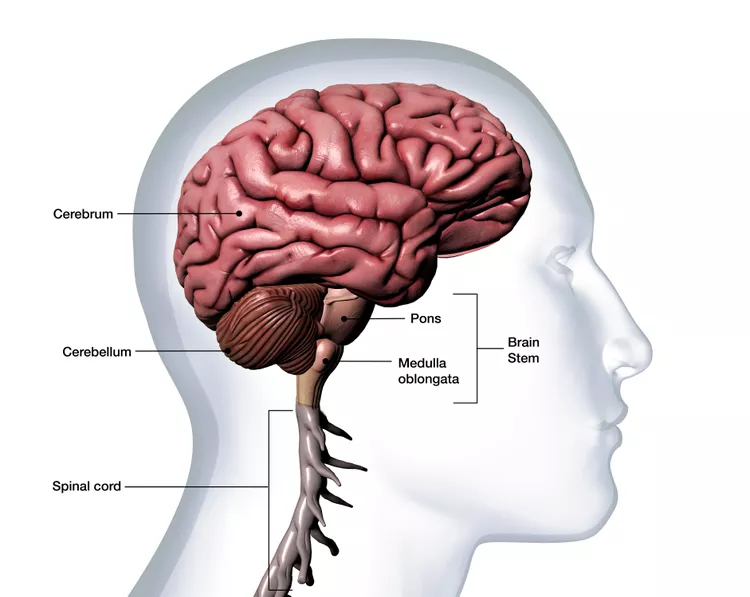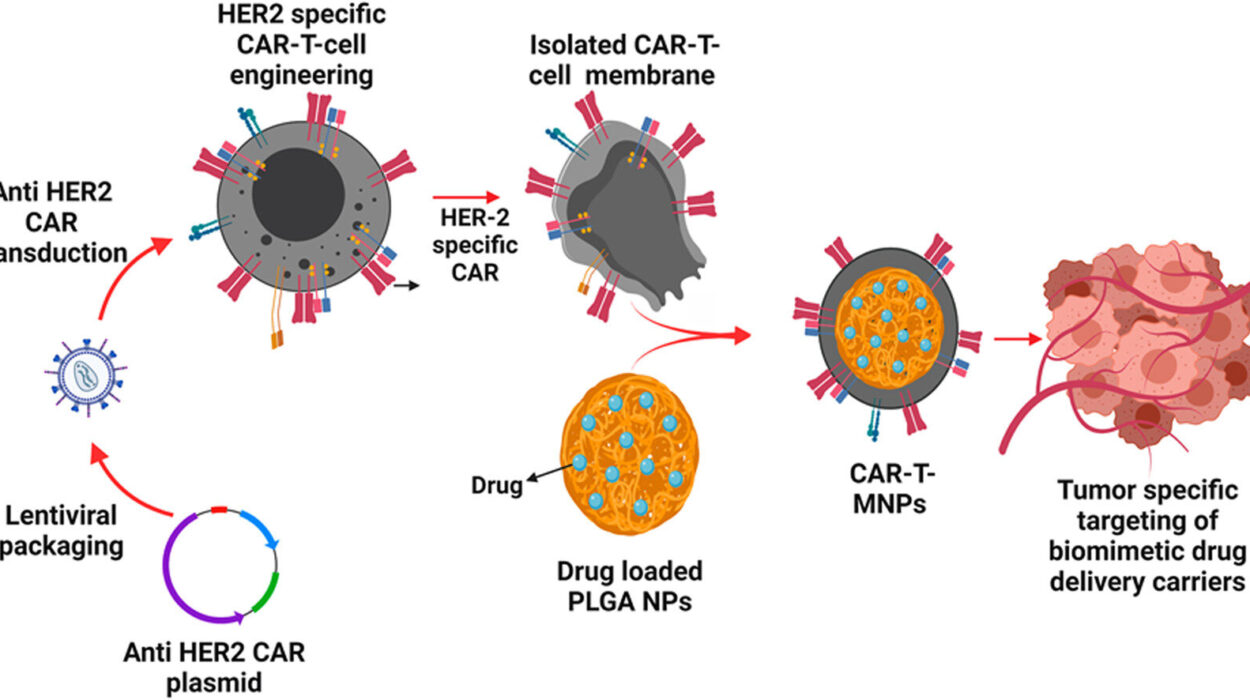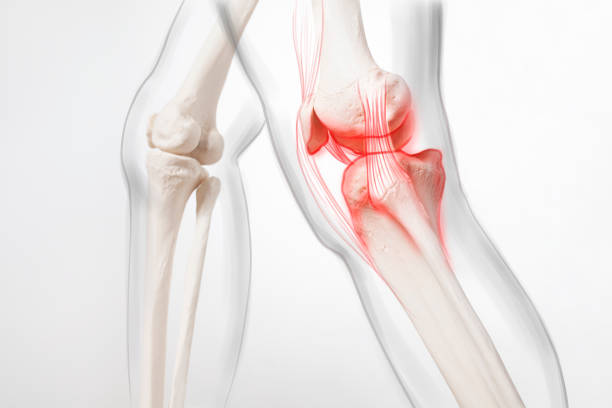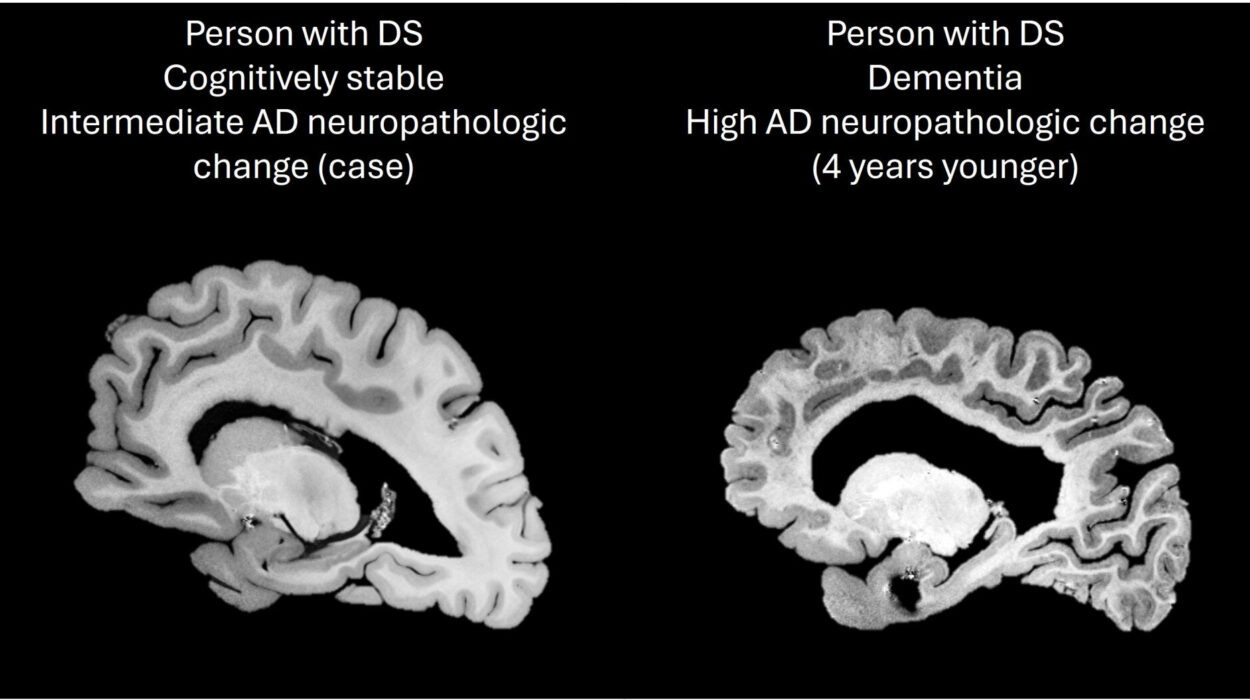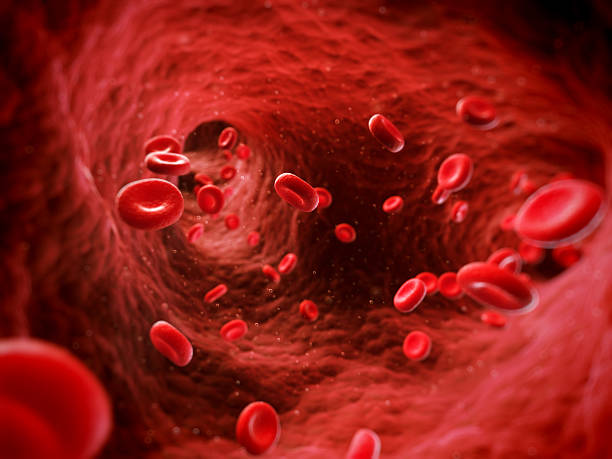When most people think of the brain, they imagine the wrinkled mass of the cerebral cortex—the seat of our thoughts, memories, and consciousness. But hidden beneath its grandeur, tucked toward the back of the skull, lies a smaller, densely folded structure that is no less remarkable: the cerebellum. Its name, from the Latin cerebellum, means “little brain,” and for centuries it was regarded as little more than a biological stabilizer, a piece of neural machinery ensuring that we can walk in a straight line and keep from toppling over.
That old image, however, is incomplete—dangerously so. In the last several decades, neuroscience has revealed that the cerebellum’s responsibilities extend far beyond balance and coordination. It is a silent orchestrator not just of movement but of thought, emotion, and learning. Like a quiet conductor in the orchestra of the nervous system, it shapes the rhythm and precision of our actions, both physical and mental. The more closely we study it, the more it seems that the cerebellum’s influence reaches into corners of human experience we never imagined.
The Anatomy of Precision
The cerebellum is located in the posterior cranial fossa, sitting beneath the occipital lobes of the cerebral cortex and behind the brainstem. Despite accounting for only about 10% of the brain’s volume, it houses over half of all the neurons in the brain—an astonishing statistic. This numerical density arises from its unique architecture: layer upon layer of intricately arranged cells, most famously the tiny granule cells, and the large, branching Purkinje cells whose elaborate dendritic trees have inspired both scientific awe and artistic admiration.
Structurally, the cerebellum is divided into two hemispheres connected by a narrow midline called the vermis. Each hemisphere is further organized into lobes: the anterior, posterior, and flocculonodular lobes. Beneath the surface lies the deep cerebellar nuclei—the dentate, emboliform, globose, and fastigial nuclei—which serve as crucial relay points, transmitting cerebellar outputs to other brain regions.
Its connections are equally fascinating. Through three pairs of cerebellar peduncles (superior, middle, and inferior), the cerebellum exchanges information with the cerebral cortex, spinal cord, vestibular system, and other subcortical structures. These pathways allow it to integrate sensory inputs, compare intended movements with actual performance, and send corrective signals in near real-time. It is a master of feedback loops.
The Classical Role: Balance, Posture, and Coordination
For centuries, the cerebellum’s function was interpreted through the lens of visible injury. Physicians and anatomists noticed that damage to this small structure did not paralyze the body—muscles could still contract—but it made movements clumsy and poorly timed. In the 19th century, French neurologist Jean-Pierre Flourens’ animal studies demonstrated that removing the cerebellum did not erase movement but destroyed its fluidity and precision. These findings cemented the cerebellum’s reputation as the brain’s balance-and-coordination center.
Walking upright, riding a bicycle, or playing the violin—all depend on the cerebellum’s ability to process sensory input from muscles, joints, eyes, and inner ear, and to ensure that motor commands are executed smoothly. Without it, motion becomes a jerky, staggered affair; speech turns slurred; reflexes lose their finesse. This condition, known as ataxia, remains a hallmark of cerebellar damage.
Yet the elegance of this “classical” function hides a deeper truth: the cerebellum does not simply control movement—it predicts it. When you reach for a glass of water, your cerebellum has already calculated the forces, trajectories, and muscle activations before your hand begins to move. It compares the plan with the unfolding reality, updating commands in milliseconds. This predictive capacity, sometimes called an “internal model” of movement, is central to its operation.
Prediction: The Cerebellum’s Secret Weapon
The predictive nature of cerebellar function may be its most important contribution, both in movement and in other domains. By modeling the relationship between motor commands and their expected sensory consequences, the cerebellum can detect mismatches—errors—almost before they occur. This ability makes it invaluable for learning new motor skills. When a novice pianist fumbles through a melody, the cerebellum quietly refines timing and force, building a smoother performance through practice.
But predictions are not limited to physical motion. Modern neuroimaging studies have shown cerebellar activation in tasks involving language processing, working memory, and even social cognition. This suggests that the cerebellum might operate as a general-purpose prediction engine, constructing internal models not only of how our limbs should move but also of how thoughts should unfold, how words should be sequenced, or how social interactions might play out.
In this view, the cerebellum is less a motor-only structure and more a universal forecaster, applying the same computational principles to diverse kinds of information.
The Cerebellum in Thought and Emotion
The discovery of cerebellar involvement in cognition came partly from the clinic. Neurologists began encountering patients with cerebellar injury who exhibited not just motor deficits but also subtle changes in personality, emotional regulation, and executive function. This constellation of symptoms became known as the “cerebellar cognitive affective syndrome.” Patients might show difficulties in planning and abstract reasoning, trouble with verbal fluency, or emotional flattening. These observations challenged the rigid motor-cognition divide.
Functional MRI studies reinforced the point. When subjects engage in tasks such as solving mathematical problems, generating verbs, or interpreting social cues, specific regions of the cerebellum—especially in the posterior lobes—light up with activity. The patterns of cerebellar connectivity mirror those of the cerebral cortex, with distinct regions linked to motor, cognitive, and affective networks. It seems that the cerebellum has carved out parallel circuits, each refining a different domain of human functioning.
In emotional life, the cerebellum’s role is still being untangled. Evidence suggests it participates in regulating the timing and intensity of emotional responses, perhaps applying its predictive capacity to the ebb and flow of affective states. The same precision that governs a tennis serve may help maintain a steady mood or modulate an empathic reaction in a conversation.
A Silent Partner in Learning
Learning—whether it is acquiring a language, mastering a sport, or adapting to a changing environment—depends heavily on feedback. The cerebellum thrives on feedback. In motor learning, it uses sensory errors to update internal models. This adaptability is seen in experiments where subjects wear prism glasses that shift the visual field. Initially, movements are misdirected, but over time the cerebellum adjusts motor output to compensate. Remove the prisms, and the adaptation persists briefly before recalibrating again.
Such plasticity extends to cognitive and perceptual learning. Studies indicate that when we learn to anticipate the rhythm of speech or the progression of a melody, the cerebellum is actively engaged. It is the brain’s tutor in timing, ensuring that our responses—whether physical or mental—arrive neither too early nor too late.
Disorders of the Cerebellum
When the cerebellum falters, the effects can be wide-ranging. Classic cerebellar ataxia affects balance, gait, and coordination. Dysmetria leads to overshooting or undershooting movements. Intention tremor causes the hand to shake as it approaches a target. But there are less obvious consequences too: difficulty in multitasking, disrupted language flow, or altered emotional tone.
The causes of cerebellar disorders are diverse: genetic ataxias, strokes, tumors, chronic alcohol abuse, autoimmune conditions, and neurodegenerative diseases such as multiple system atrophy. Each condition highlights a different aspect of cerebellar vulnerability, and each reinforces the idea that its role extends beyond posture and gait.
Moreover, developmental cerebellar disorders have been linked to autism spectrum conditions, attention deficit disorders, and certain forms of dyslexia. While causation is complex, the correlations hint at the cerebellum’s involvement in developmental trajectories of language, attention, and social skills.
The Cerebellum in Evolutionary Perspective
From an evolutionary standpoint, the cerebellum is ancient. Even fish and reptiles possess a cerebellum-like structure, suggesting its importance in the fundamental coordination of movement. But in humans and other primates, the cerebellum has expanded disproportionately in regions connected to the cerebral cortex. This expansion correlates with complex tool use, language, and social interaction—behaviors that require not only motor skill but also cognitive sophistication.
The evolutionary story supports the hypothesis that cerebellar computations—predictive modeling, error correction, timing—are general-purpose tools that evolution has repurposed for an increasingly wide array of challenges. In humans, those challenges include not just survival in a physical environment but also navigating the abstract and symbolic spaces of culture.
Technology, Artificial Intelligence, and the Cerebellar Blueprint
Interestingly, the cerebellum’s architecture has attracted the attention of computer scientists and roboticists. Its layered structure and parallel processing capabilities make it a model for efficient computation. In robotics, cerebellum-inspired algorithms help machines learn to adjust movements based on feedback, much as humans adapt to new tools or environments. In artificial intelligence, its predictive and error-correction strategies have analogs in machine learning methods that iteratively refine performance.
Such cross-pollination between neuroscience and technology deepens our appreciation for how the cerebellum’s biological strategies can inspire artificial systems—and perhaps, in turn, how technology might help us repair or augment cerebellar function.
The Future of Cerebellar Research
We stand in the midst of a cerebellar renaissance. Advanced imaging techniques, genetic tools, and electrophysiological recordings are peeling back the layers of its complexity. Research is probing how its circuits contribute to speech prosody, how its dysfunction might be addressed through targeted stimulation, and how it collaborates with the cerebral cortex in real time.
Therapeutically, non-invasive brain stimulation methods such as transcranial magnetic stimulation (TMS) and transcranial direct current stimulation (tDCS) are being explored for cerebellar disorders. Early results suggest they might help recalibrate disrupted networks, offering hope to patients with both motor and cognitive impairments.
As research progresses, it is becoming clear that the cerebellum is not an optional extra in the story of mind and body. It is a central character, often overlooked because it works so seamlessly. When it is healthy, we barely notice it; when it falters, we see just how much of our grace—physical and mental—it has been quietly shaping all along.
A Final Reflection
The cerebellum’s story is one of underestimation. For centuries, it was the backstage technician of the nervous system, its contributions noted only when things went wrong. Now, it is emerging as a central hub in our understanding of brain function, a structure whose influence pervades movement, thought, and feeling.
If the cerebral cortex is the storyteller—spinning narratives, making decisions—the cerebellum is the storyteller’s metronome, keeping the beat steady, catching slips, and ensuring that each phrase lands with precision. It is, quite literally, the brain behind the brain, making possible the fluidity of life as we know it.
In recognizing the cerebellum’s breadth of influence, we are reminded that elegance in biology often comes in small packages. The “little brain” is a giant in disguise, and its lessons are as much about humility as they are about science: never underestimate what works quietly, tirelessly, and without applause to hold the world together.
